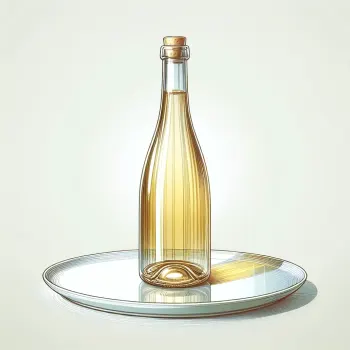


Boxed
Boxed dry white wine is a more economical choice and is often used for cooking due to its longer shelf life once opened.
Bottle
Dry white wine is most commonly found in bottles, with a variety of sizes available. The wine is ready to be used in cooking or consumed directly.
Canned
Canned dry white wine is a newer trend, offering convenience and portion control. It's ideal for single servings or small recipes.




boxed dry white wine: Bota Box
canned dry white wine: Underwood
bottled dry white wine: Kendall-Jackson

Braising: Wine can be used as a braising liquid for meats or vegetables. The food is first seared, then simmered in a small amount of wine (often along with stock or broth) until tender.
Deglazing: This technique involves adding a small amount of wine to a hot pan in which food has been fried or sautéed. The wine is then stirred to lift the browned bits from the bottom of the pan, creating a flavorful base for a sauce or gravy.
Marinating: Dry white wine can be used in marinades to tenderize meat and add flavor. The acidity of the wine helps to break down the proteins in the meat, resulting in a more tender and flavorful dish.



